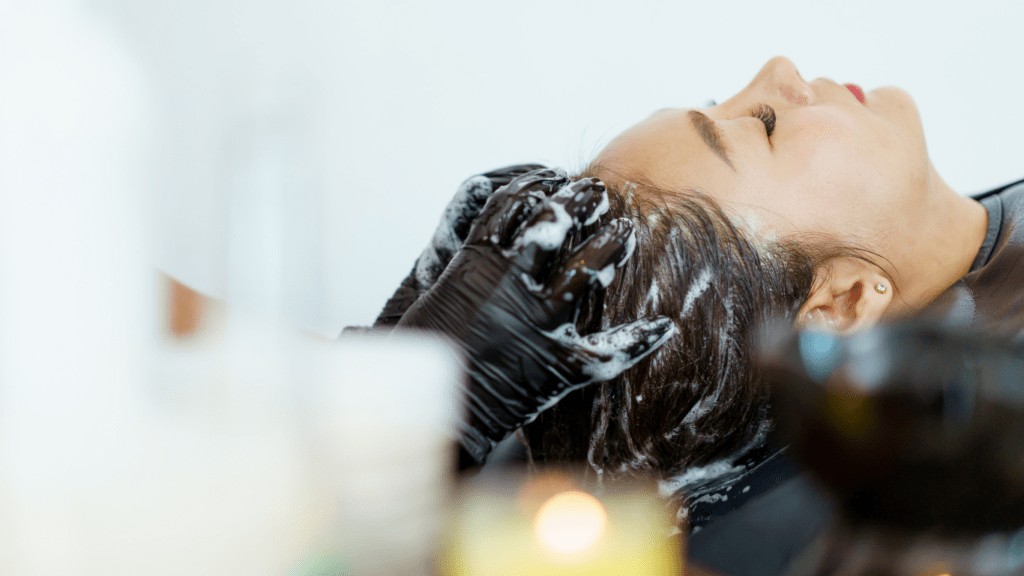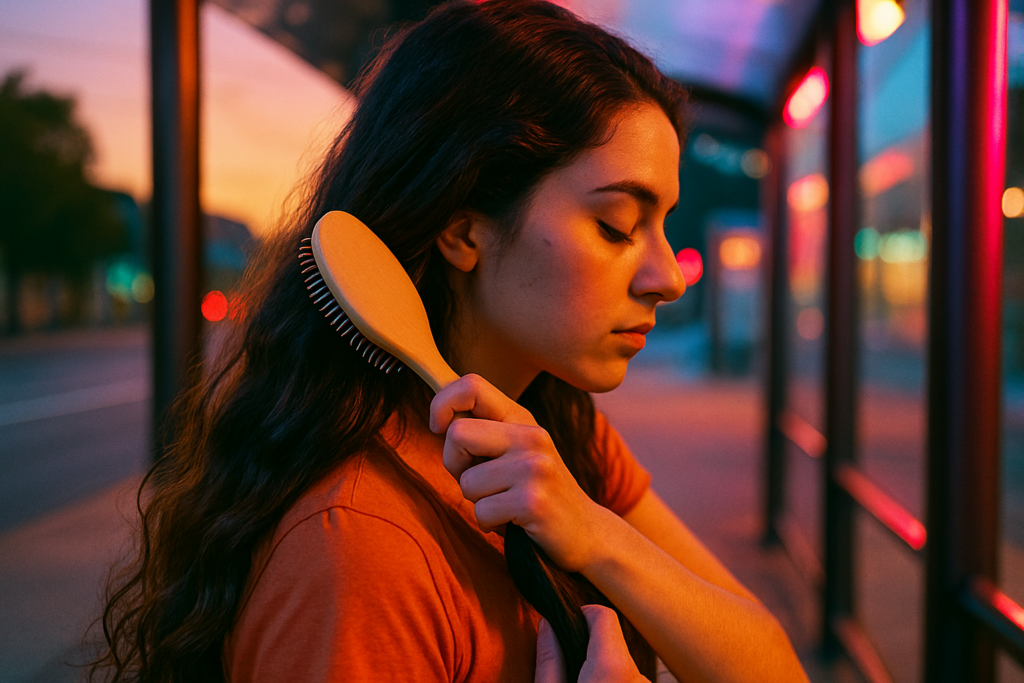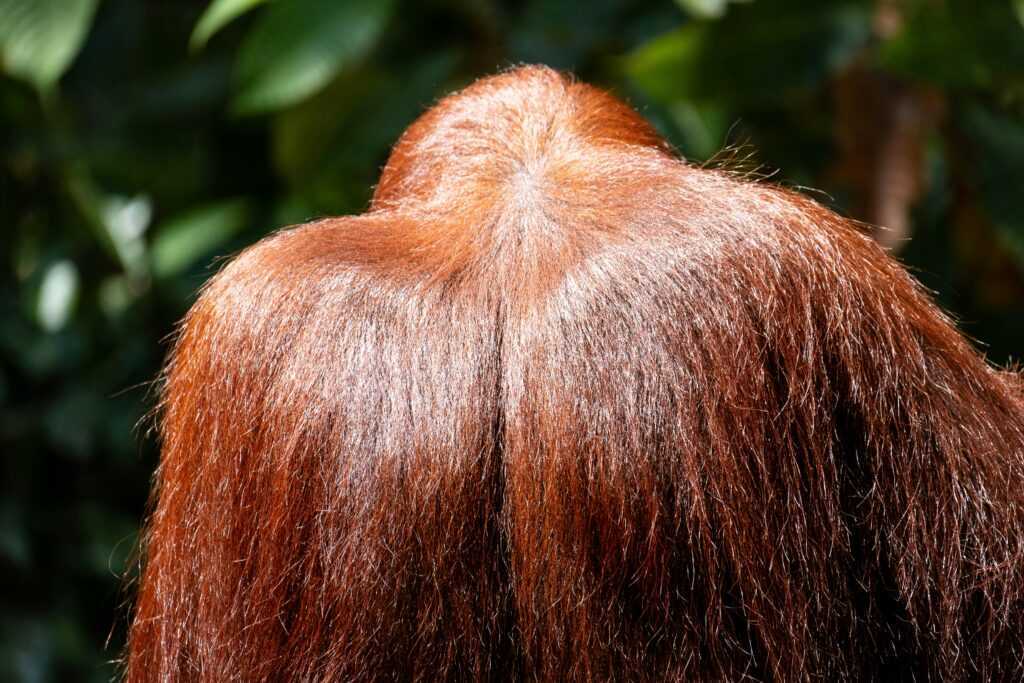Understanding Hair Health
Healthy hair reflects overall wellness and proper care practices. Key factors affecting hair health include diet, hair care routines, and environmental conditions. Each hair strand consists of protein called keratin, produced in hair follicles in the outer layer of skin.
Diet and Nutrients
Nutrient-rich foods contribute to hair strength and growth. Essential vitamins and minerals include:
- Biotin: Found in eggs, nuts, and fish; it supports hair growth.
- Vitamin E: Present in avocados, sunflower seeds, and almonds; it improves scalp health.
- Iron: Available in lentils, spinach, and red meat; it prevents hair loss by promoting oxygen flow to hair roots.
- Omega-3 Fatty Acids: In salmon, flaxseeds, and walnuts; they enhance hair elasticity and hydration.
Hair Care Routines
Consistent hair care routines maintain hair health. Key practices involve:
- Regular Washing: Cleanses scalp and removes excess oils. Frequency varies by hair type; typically 2-3 times per week is ideal.
- Conditioning: Hydrates hair strands; ensures to use after each wash.
- Avoiding Heat: Excessive heat from styling tools can damage hair. Use heat protectant products if styling is necessary.
- Gentle Drying: Pat hair dry with a towel instead of rubbing, and avoid high heat from blow dryers.
Environmental Factors
External conditions like pollution, sun exposure, and humidity impact hair health. Protection strategies include:
- Covering Hair: Wear hats or scarves in harsh weather.
- Using UV Protectant: Apply products with UV protection for sun-exposed hair.
- Avoiding Polluted Areas: Limit time in high-pollution environments, if possible.
- Maintaining Humidity: Use humidifiers in dry environments to prevent hair from becoming brittle.
Understanding these components helps in adopting effective daily habits for maintaining healthy, vibrant hair.
Daily Hair Care Routine
Maintaining a daily hair care routine ensures hair stays healthy and vibrant. Understanding proper washing, conditioning, and heat damage avoidance techniques is essential.
Proper Washing Techniques
Use lukewarm water to wash hair. Hot water can strip natural oils, leading to dryness. Focus shampoo on the scalp. The roots typically gather most of the oil and dirt.
Massage the scalp gently with fingertips for a few minutes. This stimulates blood flow, promoting healthier hair growth. Rinse thoroughly to remove all shampoo residues.
Conditioning Tips
Apply conditioner to the ends first. Roots usually don’t need extra moisture compared to the tips. Leave conditioner in for 2-3 minutes to absorb properly. Comb hair with a wide-tooth comb while conditioning to detangle it.
Rinse with cool water, which helps to close the cuticles. This leads to smoother, shinier hair.
Avoiding Heat Damage
Limit the use of heat styling tools like straighteners, curlers, and blow dryers. If necessary, use a heat protectant spray before styling. Set tools on the lowest effective temperature to minimize damage.
Allow hair to air dry whenever possible. This reduces exposure to heat, preserving hair health and preventing split ends.
Nutritional Tips for Healthy Hair

Maintaining healthy hair goes beyond just external care; nutritional intake plays a crucial role too. Proper nutrients ensure your hair stays strong, shiny, and resilient.
Key Vitamins and Minerals
Certain vitamins and minerals directly impact hair health.
- Biotin (Vitamin B7): Biotin supports keratin infrastructure, enhancing hair’s strength and growth. Found in eggs, nuts, and whole grains.
- Vitamin E: This vitamin maintains a healthy scalp, offering antioxidants that prevent damage. Sources include almonds, sunflower seeds, and spinach.
- Iron: Iron deficiency often leads to hair loss. Spinach, lentils, and red meat provide adequate iron.
- Omega-3 Fatty Acids: Essential for scalp health, Omega-3s help keep hair hydrated. Available in fatty fish like salmon, chia seeds, and flaxseeds.
- Vitamin A: Promotes sebum production, keeping the scalp moisturized. Found in carrots, sweet potatoes, and leafy greens.
- Zinc: Prevents hair thinning and loss by maintaining healthy oil glands around follicles. Beef, pumpkin seeds, and chickpeas are rich in zinc.
Healthy Diet Choices
Adopting specific dietary habits can significantly boost hair health.
- Protein-Rich Foods: Hair is primarily protein, making it essential to eat protein-rich foods like chicken, tofu, and beans.
- Fruits and Vegetables: Brightly colored fruits and leafy greens provide essential vitamins and antioxidants.
- Healthy Fats: Avocados, olive oil, and nuts offer healthy fats that support hair texture and shine.
- Whole Grains: Complex carbohydrates support energy levels and scalp health. Options include brown rice, oats, and barley.
- Hydration: Drink enough water daily to keep your hair hydrated and your scalp healthy.
Regularly incorporating these vitamins, minerals, and dietary choices ensures optimal hair health. Maintaining a balanced diet is as crucial as following a proper hair care routine.
Protective Hair Styles
Protective hair styles reduce damage and help retain length. They minimize exposure to harsh elements and decrease manipulation. Common protective styles include braids, twists, buns, and updos. By keeping hair tucked away, these styles prevent breakage and split ends.
Benefits of Protective Styles
Protective styles aid in moisture retention. Moisture is key for preventing dryness and brittleness, which can lead to breakage. Styles like braids and twists help lock in hydration, especially when combined with leave-in conditioners or oils. These styles also reduce the need for daily combing and heat styling, further lowering the risk of damage.
Choosing the Right Protective Style
Select a protective style that suits your hair type. Fine hair benefits from loose braids or twists to avoid pulling on the roots. Thicker hair might handle tighter braids or more intricate styles. Ensure the style feels comfortable and doesn’t strain your scalp. Overly tight styles can lead to traction alopecia.
Maintenance of Protective Styles
Maintain protective styles to keep them effective. Clean your scalp regularly to prevent buildup, as dirty scalp can hinder hair growth and lead to scalp issues. Use diluted shampoo and run it along parts.
Moisturize your hair and scalp every few days using lightweight oils or hair mist. Protective styles should not be left in for too long; regularly change styles to avoid stress on hair.
Incorporating Protective Styles into Routine
Incorporate protective styles into your hair care routine for optimal benefits. Plan to alternate between protective styles and periods where your hair is free. This balance prevents stress on your hair and scalp while allowing you to enjoy various looks. Investing in silk or satin scarves and pillowcases reduces friction and maintains your chosen style longer.
Recommended Hair Products
Shampoo and conditioner form the foundation of any hair care routine. Look for sulfate-free shampoos and conditioners enriched with natural oils like argan oil or jojoba oil. These ingredients help maintain hair’s natural moisture and prevent dryness.
Heat Protectant Sprays
Heat styling tools can cause significant damage. A quality heat protectant spray can shield hair from high temperatures. Use products containing silicone as they coat hair strands, providing a protective barrier.
Leave-In Conditioners
Leave-in conditioners are essential for detangling and hydration. Products with ingredients like shea butter, aloe vera, and keratin can enhance hair elasticity and manageability.
Hair Oils
Hair oils add an extra layer of moisture. Argan oil, coconut oil, and castor oil are popular choices. These oils seal in hydration and add shine, reducing frizz and breakage.
Deep Conditioners and Hair Masks
Weekly treatments with deep conditioners or hair masks provide intensive moisture and repair. Opt for masks containing hydrolyzed proteins and vitamins like biotin and Vitamin E to strengthen and nourish hair.
Styling Creams and Gels
Styling creams and gels help hold hairstyles and combat frizz. Choose alcohol-free formulas to avoid drying out your hair. Look for products with plant-based ingredients for a gentle hold and natural shine.
Scalp Treatments
A healthy scalp is crucial for hair growth. Scalp treatments containing tea tree oil or salicylic acid can help cleanse and exfoliate the scalp, removing buildup and promoting a healthy environment for hair follicles.
By incorporating these recommended hair products into your routine, along with a balanced diet and proper hair care practices, you can maintain healthy, strong hair every day.



 Men’s Hair Care Specialist & Author
Araceline is a unique and valuable contributor, bringing her expert knowledge of men’s hair care and grooming trends. As an experienced author, she shares her deep understanding of hair painting, coloring techniques, and the specific needs of men’s hair. Araceline’s articles are both informative and engaging, offering men practical advice on maintaining stylish, healthy hair.
Men’s Hair Care Specialist & Author
Araceline is a unique and valuable contributor, bringing her expert knowledge of men’s hair care and grooming trends. As an experienced author, she shares her deep understanding of hair painting, coloring techniques, and the specific needs of men’s hair. Araceline’s articles are both informative and engaging, offering men practical advice on maintaining stylish, healthy hair.
